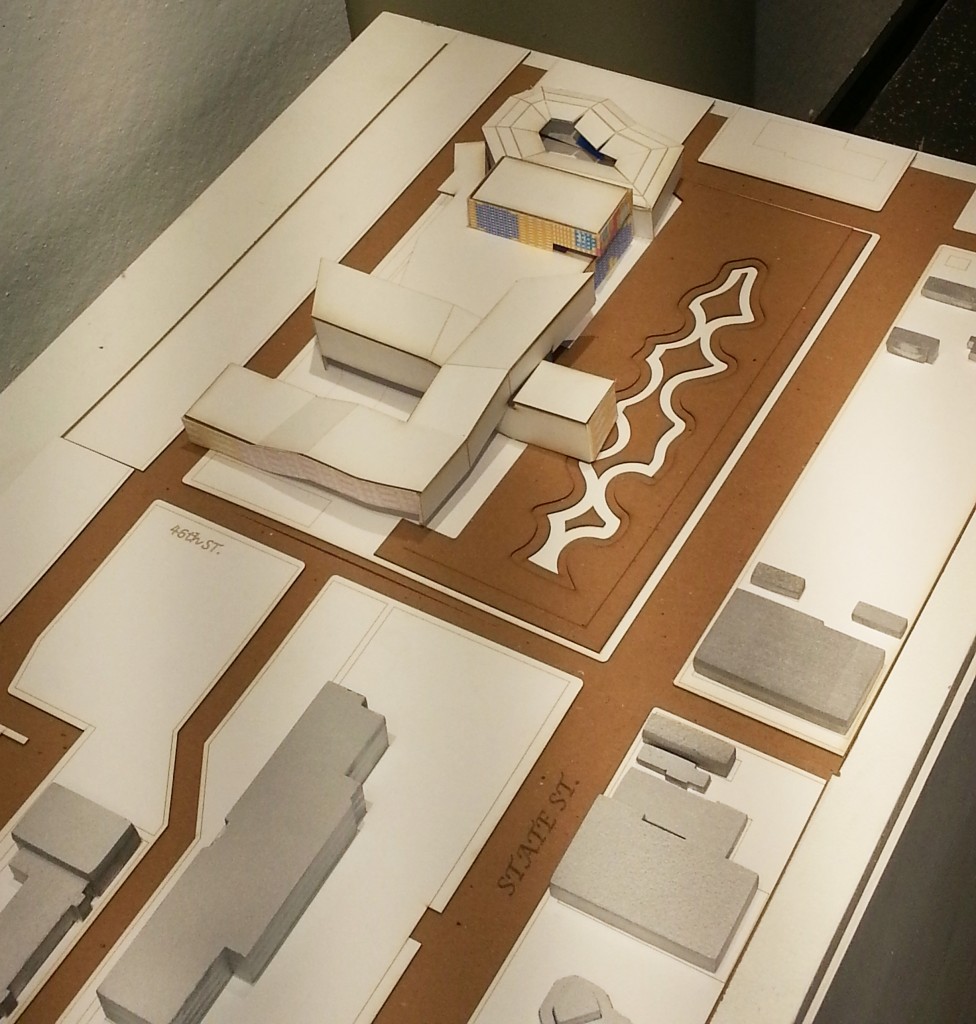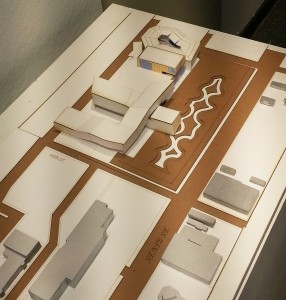De Shawn Jackson received a Bachelor in Art and Science from University of Illinois at Chicago. Using digital and 3D modeling techniques, he gained an array of architectural experience working with professionals within the National Organization for Minority Architects. At the School of the Art Institute of Chicago, Jackson overcame the challenge of managing a full-time school schedule along with full time employment with the Chicago Transit Authority. While having 13 years of experience in maintenance, Jackson hopes to transfer to the architecture/ planned development department with CTA to allow him an opportunity to develop his hometown. Growing up an African American on the South Side of Chicago during the 80s and 90s, Jackson is considered to be of the Hip Hop culture. Hiphop architecture creates spaces that are constructed by the intersection of people but often includes objects of material cultures as well (debris, speakers, cars)
Hip Hop Influenced Architecture
“Hip Hop Influenced Architecture can theorize the development of a Black American spatial model that recalls, creates, and deploys a new space for dispersion that is predicated on a response to space that represents an erasure of identity and the presence of repressive power.”
Hip Hop architecture can provide new aesthetics and programs for the design of affordable, high density housing by forms of neighborhood identity and social infrastructure. The original American highrise projects accommodated the migration of southern settlers as starter homes. Multiple generations were raised in these low-income residences. These towers, which were projected to supply lush green landscapes and vast community spaces, became the most dangerous and under-utilized areas of the city. By making architecture an artifact that is “owned” by reason of individual, community, and cultural relevance, hip hop strives to make the built environment something desirable and therefore valuable to those inside and outside the community.
Hip Hop architecture can invert stigmatization and address scarcity of affordable housing. In the process of social housing’s rapid transformation into the slums, Hip Hop was born. Craig Wilkins, Hip Hop architect, provided 4 principles to influence Hip Hop inspired design. The palimpsestic principle redesigns the visible boundary. The Anthropomorphic principle allows the design to resemble human form as an expression of social relationships. The Performative principle depends on the act of performance within the space. The Adaptive principle states that the space has the ability to adapt with culture.











